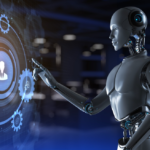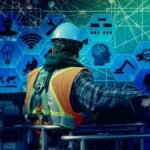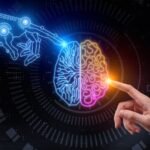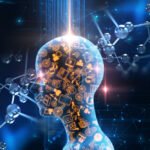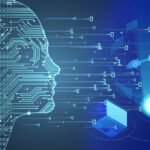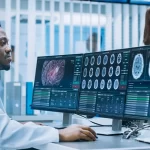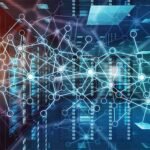AI for Environmental Monitoring: AI applications in monitoring and protecting the environment, including wildlife tracking and climate modeling.
Wildlife Tracking and Conservation: AI-powered systems can analyze data from satellite imagery, drones, and sensor networks to track and monitor wildlife populations. Machine learning algorithms can identify and classify species, track migration patterns, monitor habitats, and detect poaching activities. These insights aid conservationists in making informed decisions for wildlife protection and habitat preservation. Biodiversity Assessment: AI can analyze large amounts of ecological data to assess and monitor biodiversity. Machine learning algorithms can identify species in images and audio recordings, helping researchers estimate species richness, distribution, and abundance.
This information is crucial for understanding ecosystem health, identifying endangered species, and designing conservation strategies. Climate Modeling and Prediction: AI algorithms can process vast amounts of climate data from various sources, such as satellites, weather stations, and ocean buoys. By identifying patterns and correlations, AI can enhance climate models, predict weather phenomena, and provide more accurate long-term climate projections. This aids scientists and policymakers in understanding climate change impacts and formulating mitigation and adaptation strategies.
Environmental Monitoring and Pollution Detection: AI can analyze satellite imagery, aerial photographs, and sensor data to monitor environmental factors such as air quality, water quality, deforestation, and land-use changes. Machine learning algorithms can identify pollution sources, monitor the spread of harmful substances, and provide early warnings for environmental hazards. This helps authorities take timely action to mitigate pollution and protect ecosystems. Precision Agriculture: AI-powered systems can optimize agricultural practices to minimize environmental impact.
Machine learning algorithms can process data from sensors, drones, and satellite imagery to provide insights on soil conditions, irrigation needs, pest detection, and crop health. This enables farmers to optimize resource usage, reduce chemical inputs, and enhance sustainable farming practices. Ecosystem Modeling and Restoration: AI can contribute to modeling complex ecological systems and simulating ecosystem dynamics. Machine learning algorithms can analyze ecological data to understand species interactions, identify ecosystem vulnerabilities, and predict the outcomes of restoration efforts.
This assists in designing effective ecosystem restoration plans and evaluating their potential impact. These are just a few examples of how AI is being applied in environmental monitoring and protection. The combination of AI technologies with environmental sciences and domain expertise offers significant potential for better understanding and conserving the natural world.










